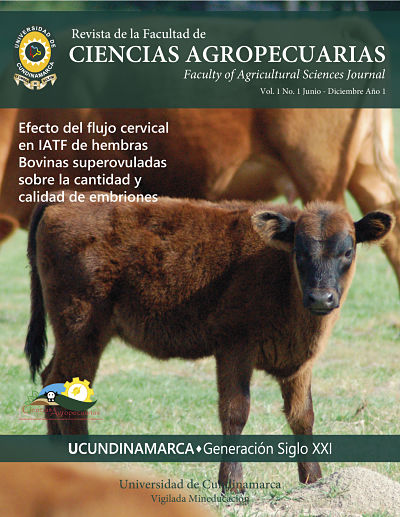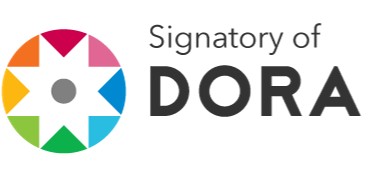Stability of temperature, relative humidity and dew point inside melipona eburnea (apidae: meliponini) colonies
DOI:
https://doi.org/10.36436/24223484.185Keywords:
Abeja sin aguijón, fluctuaciones ambientales, condensaciónAbstract
Within Melipona eburnea hives, parameters such as temperature, relative humidity, and dew point were stable. External temperature and dew point were closely related to internal temperatures and dew points (p<0.001). Within the three hives, there was a weak association between relative humidity and temperature (r=0.042, r=0.259, r=-0.085), and relative humidity and dew point (r=0.262, r=0.476, r=0.310), but a very strong association between temperature and dew point (r=0.975, r=0.972, r=0.921). Relative humidity was stable within the hives and was not related to external fluctuations.Downloads
References
Michener Ch. The bees of the world. Baltimore (US): The Johns Hopkins University Press; 2000.
Bruijn L, Sommeijer M. Colony foraging in different species of stingless bees (Apidae, Meliponinae) and the regulation of individual nectar foraging. Insectes Sociaux 1997; 44: 35-47.
Souza B, Roubik D, Barth O, Heard T, Enríquez E, Carvalho C, Villas-B J, Marchini L, Locatelli J, Persano-O L, Almeida-M L, Bogdanov S, Vit P. Composition of stingless bee honey: setting quality standards. Interciencia 2006; 31(12): 867-875.
Roubik D, Buchmann S. Nectar selection by Melipona and Apis mellifera (Hymenoptera: Apidae) and the ecology of nectar intake by bee colonies in a tropical forest. Oecologia 1984; 61: 1-10.
Gouw MS and Gimenes M. 2013. Differences of the daily flight activity rhythm in two neotropical stingless bees (Hymenoptera, Apidae). Sociobiology 60(2): 183-189.
Hilário SD, Imperatriz-F VL and Kleinert A. 2000. Flight activity and colony strength in the stingless bee Melipona bicolor bicolor (Apidae, Meliponinae). Rev. Brasil. Biol. 60(2): 299-306.
Ellis M. 2008. Homeostasis: Humidity and water relations in honeybee colonies (Apis mellifera). Thesis submit for the degree of Magister Scientiae. Department of Zoology and Entomology, Faculty of Natural and Agricultural Sciences, University of Pretoria.
Sonntag D. Important new values of the physical constants of vapour pressure formulations based on the IST-90 and psychrometer formulae. Zeitschrift fur Meteorologie 1990; 70(5): 340-344.
Vollet-N A, Menezes C and Imperatriz-F VL. 2011. Brood production increases when artificial heating is provided to colonies of stingless bees. Journal of Apicultural Research 50(3): 242-247.
Nicolson S. 2000. Water homeostasis in bees, with the emphasis on sociality. The Journal of Experimental Biology 212: 429-434.
Menezes C. Vollet-N A, Imperatriz-F VL. 2013. An advance in the in vitro rearing of stingless bee queens. Apidologie 44(5): 491-500.
Downloads
Published
How to Cite
Issue
Section
License
Copyright (c) 2015 REVISTA CIENCIAS AGROPECUARIAS

This work is licensed under a Creative Commons Attribution-NonCommercial-NoDerivatives 4.0 International License.







